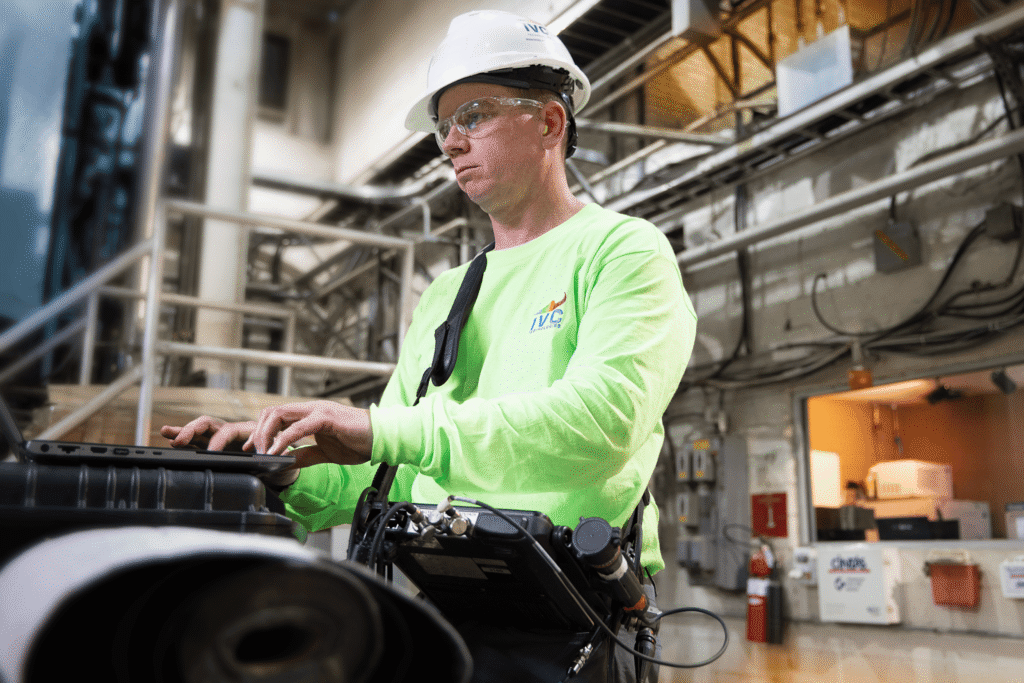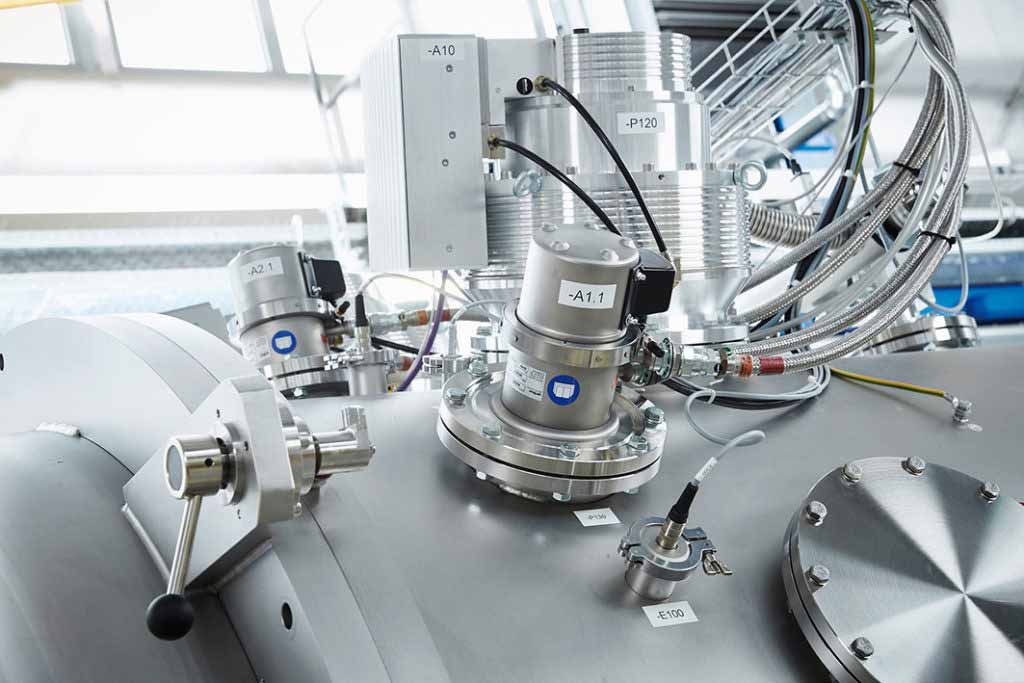The performance of machinery can make or break operations in contemporary industries where accuracy, dependability, and efficiency are critical. Balance is a crucial but frequently disregarded element in attaining the best possible machine performance. Even the best-designed rotating machinery, such as fans, pumps, motors, and turbines, can become unbalanced over time as a result of wear and tear, component accumulation, or inconsistent manufacturing. Dynamic balancing services are useful in this situation. Dynamic balancing reduces vibration, increases safety, increases energy efficiency, and prolongs equipment life by identifying and resolving imbalances in rotating components. The significance of dynamic balancing and how companies can use these services to streamline their operations will be discussed in this article.
Knowing the Fundamentals of Dynamic Balancing
One technique for resolving the unequal distribution of mass around a rotating axis is dynamic balancing. Dynamic balancing takes into account the object’s behavior during actual rotation, as opposed to static balancing, which only takes into account mass distribution when the object is stationary. Even minor imbalances can cause considerable vibration and stress on bearings and structural supports when parts rotate at high speeds. By rotating the component and monitoring the vibrations and oscillations that result, dynamic balancing finds these imbalances. The imbalance is then corrected by adding or removing mass under the guidance of specialized equipment. By ensuring smooth operation, this process lowers wear and boosts performance.
Uses in Various Industries
No industry is exempt from dynamic balancing. It is essential to industries like manufacturing, power generation, automotive, aerospace, and HVAC. For instance, safe and effective engine operation in the aerospace sector depends on the exact balancing of turbine blades and rotors. In the automotive industry, balancing helps to guarantee long-lasting and smooth rides for driveshafts, brake rotors, and engine components. To maintain steady output and stop equipment deterioration, power plants depend on balanced turbines and generators. Balanced fans and blowers even help HVAC systems run more quietly and distribute air more effectively. Whenever there are rotating parts, dynamic balancing provides a way to increase efficiency and dependability.
Principal Advantages of Dynamic Balancing
The many advantages that dynamic balancing services provide are among the strongest arguments for investing in them. First and foremost, less vibration means less downtime and lower maintenance costs by preventing premature wear on shafts, bearings, and other parts. By reducing the possibility of catastrophic failure, enhanced balance also helps to improve operational safety, particularly in high-speed rotating equipment. Additionally, components that are properly balanced using efficient dynamic balancing services work more effectively and use less energy to complete the same task, which over time can lead to quantifiable energy savings. These advantages add up to improved performance, lower operating costs, and a longer lifespan for machinery.
Selecting the Appropriate Service Supplier
To get the best results, choosing a qualified dynamic balancing service provider is essential. Seek out a provider who has access to cutting-edge diagnostic and balancing equipment, a track record of success, and certifications. Because on-site balancing services enable technicians to evaluate and fix imbalances without having to remove the machinery, they can be especially helpful in reducing downtime and operational disruption. Furthermore, companies can get a better picture of the condition of their equipment and foresee possible problems before they become expensive ones by working with providers who include vibration analysis and condition monitoring in their offerings. A thorough strategy that incorporates preventive diagnostics guarantees that the advantages of dynamic balancing are optimized.
Including in Plans for Preventive Maintenance
Dynamic balancing should be incorporated into an organization’s larger preventive maintenance plan to fully benefit from its benefits. As part of planned maintenance, periodic balancing guarantees that rotating components stay in top condition for the duration of their lives. By being proactive, we can prevent the slow deterioration that frequently results in unplanned breakdowns and urgent repairs. Furthermore, integrating dynamic balancing into regular maintenance promotes operational excellence and a culture of dependability. Teams are better equipped to recognize imbalance early on and make well-informed decisions that promote equipment performance and longevity.
Dynamic balancing provides quantifiable advantages that result in a healthier bottom line, whether you’re running rotors in a high-performance car, fans in an HVAC system, or turbines in a power plant. Any operation striving for maximum efficiency and long-term dependability would be wise to invest in expert dynamic balancing services and include them in a preventive maintenance program.



